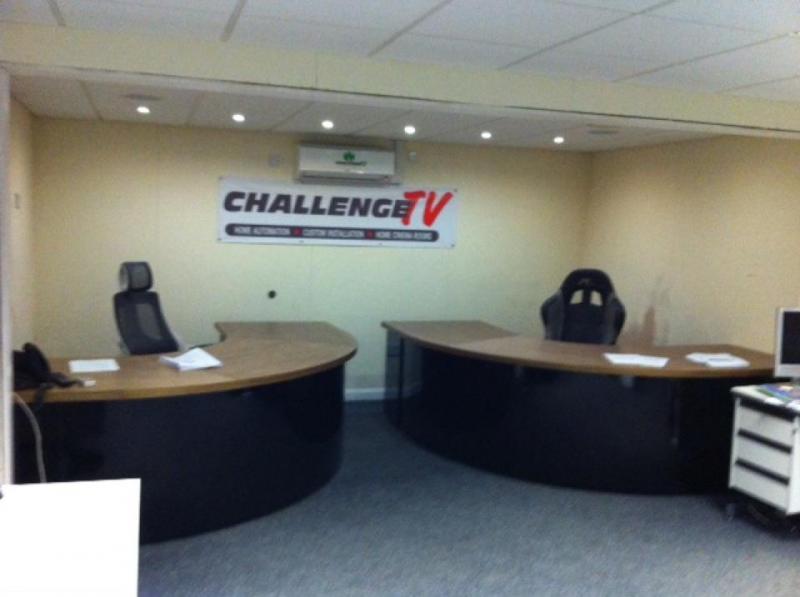Hi,
I hope someone can help as just working on a new project and a bit lost!
I'm making some large ply wardrobes and wondered if I should be worried about the ply warping. It would be made from Grade BB 18mm pre-lacquered birch ply.
I'm mostly concerned about the doors as I'd like to add a laminate finish to the front (probably factory supplied). The question is, do I need a balancing sheet too - I.e. should I laminate the back? Obviously, I'd like to avoid this due to costs if possible but I'm worried they'll warp. The largest doors are about 0.5m x 1.5m.
Lastly, is there anything I need to worry about with laminate as never really used it before? I'm wondering if the edges need bevelling to help avoid chipping etc? Or is there anything else I need to know!? Any info would be useful!
Thanks in advance!
I hope someone can help as just working on a new project and a bit lost!
I'm making some large ply wardrobes and wondered if I should be worried about the ply warping. It would be made from Grade BB 18mm pre-lacquered birch ply.
I'm mostly concerned about the doors as I'd like to add a laminate finish to the front (probably factory supplied). The question is, do I need a balancing sheet too - I.e. should I laminate the back? Obviously, I'd like to avoid this due to costs if possible but I'm worried they'll warp. The largest doors are about 0.5m x 1.5m.
Lastly, is there anything I need to worry about with laminate as never really used it before? I'm wondering if the edges need bevelling to help avoid chipping etc? Or is there anything else I need to know!? Any info would be useful!
Thanks in advance!


